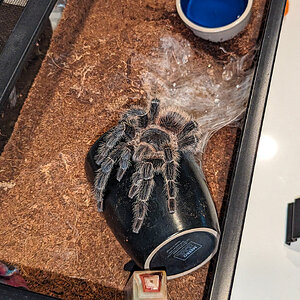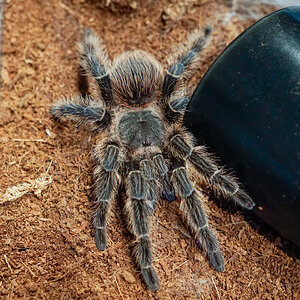- Joined
- Apr 11, 2010
- Messages
- 2,097
Take them out if you want the best pictures. When using flash, do not shoot straight on, the flash will reflect right back into the lens if you do. With flash, always diffuse it. Anything can work from purpose made diffusers to white printer paper a few inches from the flash bulb. If not using flash, darken the room, set a flash light on top of the enclosure.Glare!!
How do you great shot takers mitigate glare? I have the hardest time capturing what I want as all I see is the background shining on the enclosures.
Not too versed on cellphones but their cameras are getting better. If you want to blow up that photo and print, that's where they are lacking and the quality will not be there. But for online photos and forums they can just fine. I know their autofocus searches badly, so work on lighting and also composition. -Chad






